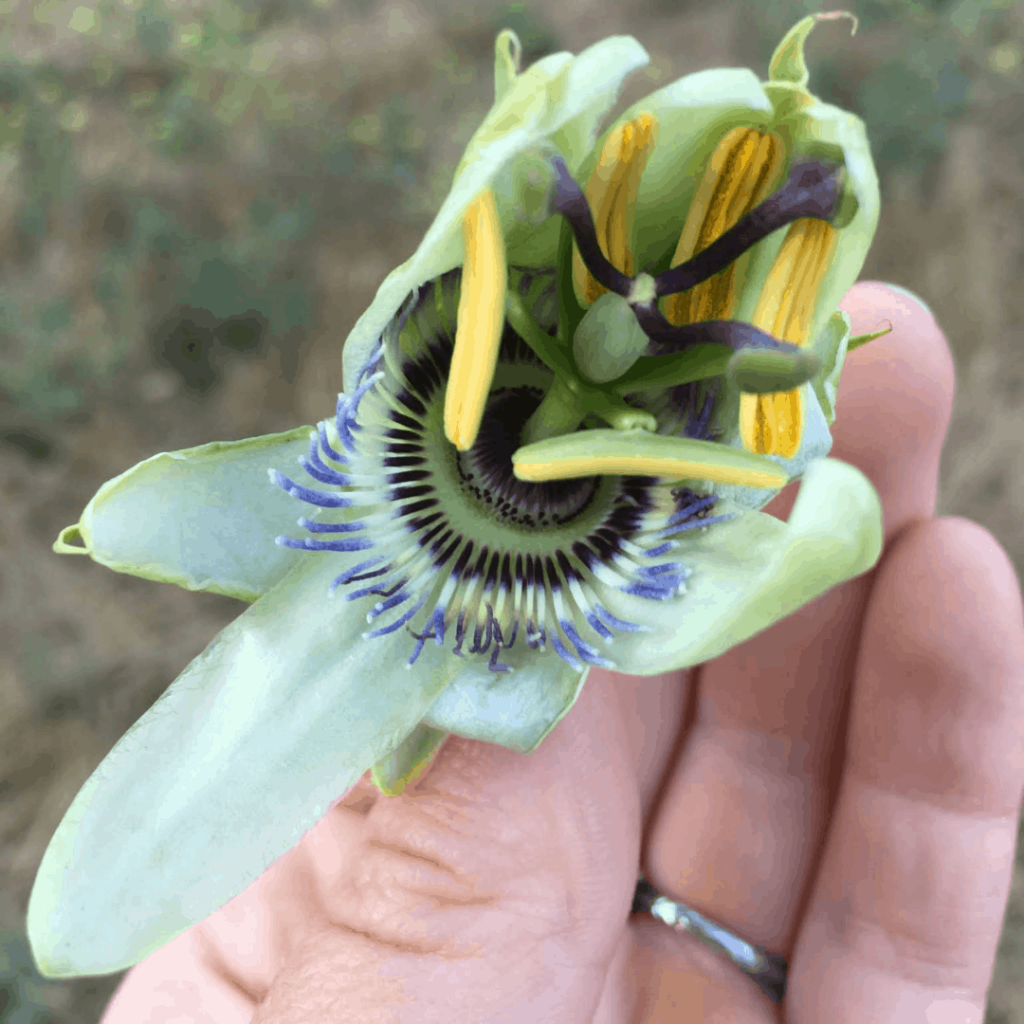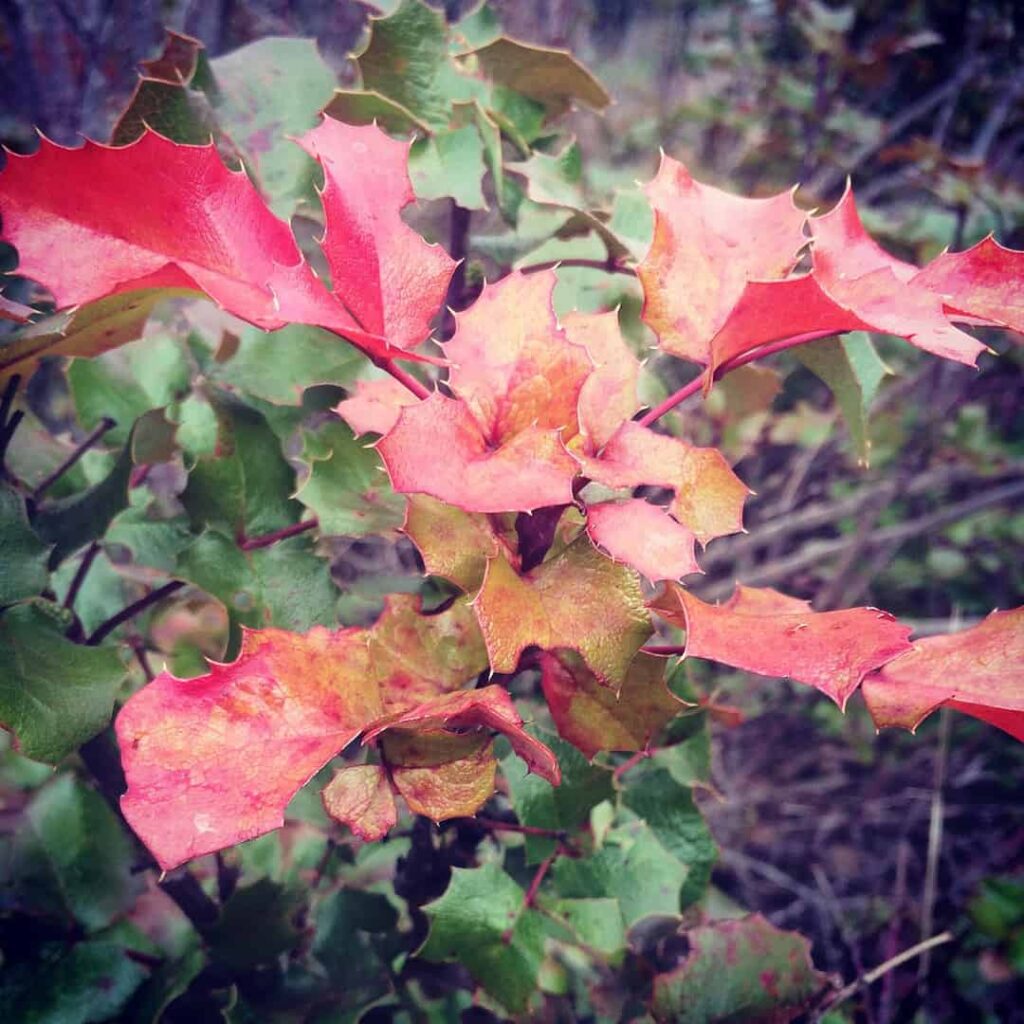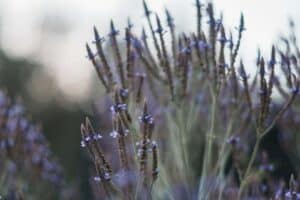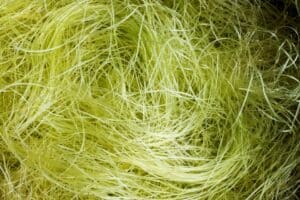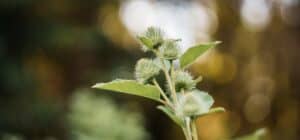So how can you tell what plants are adjuncts? How can you tell if, for example, your local species of a particular plant can be used in the same way as the primary one? There are a number of ways that we can go about approaching this. One of the best ways is not being too reliant on looking it up in a book, but learning how to use your senses, and specifically organoleptic analysis, in order to determine whether that species has medicinal properties or not.
Here’s an example from a question I received from a student: “Can you use any kind of passion flower? I have one growing here in Portland, non-fruit bearing, but it has the same beautiful flowers.”
It’s difficult to know the answer to this question right away. There are multiple species of Passiflora. The primary one that we use in Western herbalism is Passiflora incarnata. From my understanding, there is Passiflora incarnata, but also potentially subspecies or subvarieties that yield different colored flowers that are all used medicinally. My understanding is that Passiflora incarnata is the main one used. I’m not sure if it’s the main one used because it’s the only medicinal variety, or if it’s the main one used just because that’s the one that everyone got used to using and people focused only on that and haven’t used the other varieties of passion flower.
My suggestion is to make a small amount of tincture out of the one that you have. You can use the leaf and the flower and try it out. Get a bottle of Passiflora incarnata. See what the usual milliliter:gram ratio is. Is it a 1:5 Is it a 1:2? Assess the relative strength of a tincture and then prepare your passion flower tincture at that same ratio. You’ll have Passiflora incarnata at 1:5, and your passion flower at 1:5, and compare them. You also want to see if one is prepared fresh or dried.
Then compare the color, compare the taste, and compare the effects. If you take some of your passion flower and you find that it has some antispasmodic properties, you feel calm and sedated from it, then you know it’s interchangeable.
This is a good lesson for all of us. Use what you have around you if you can. Standard herbalism says to use certain species, but there might be other species in that genus that are perfectly applicable as a medicine. Learn how to assess the quality of a medicine simply through organoleptics.
This was something that we went into in some detail when I was studying at Bastyr, where we would, for example, make an herb at a 1:2 strength, a 1:5 strength, and a 1:10 strength, and then notice the difference in flavor. Or we would take that same herb and do a 1:5 in 30% alcohol, a 1:5 in 50 %, a 1:5 in 70 %, and a 1:5 in 90 %, and then taste those. Same herbs, same strength, just different percentage alcohol, or same herbs, same percentage alcohol, different strength, and assess those. Maybe one is darker than another one. Or one is more bitter than another one. Or one lacks the aromatic properties, but another one is very aromatic. This helps us tell which one’s the better medicine.
A valuable skill to have as an herbalist is knowing how to assess the strength of your medicine without needing to do gas chromatography on it, or HPLC on it to analyze the constituent profile or anything like that. Look at it, smell it, taste it, feel it, experience it. A valuable skill is to be able to effectively assess the quality of our medicine simply through organoleptics. I encourage you to do that and play around with it and see what happens.


